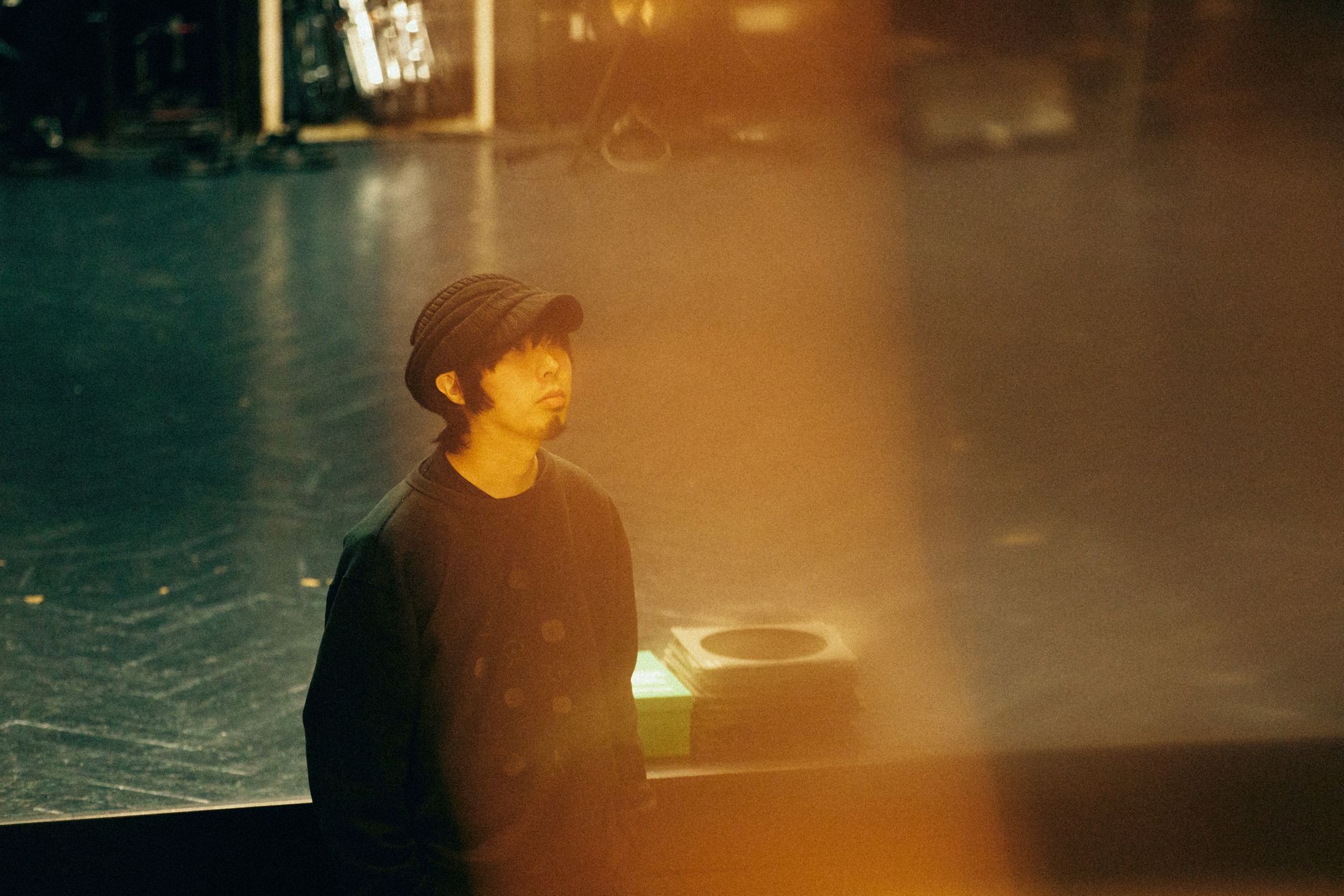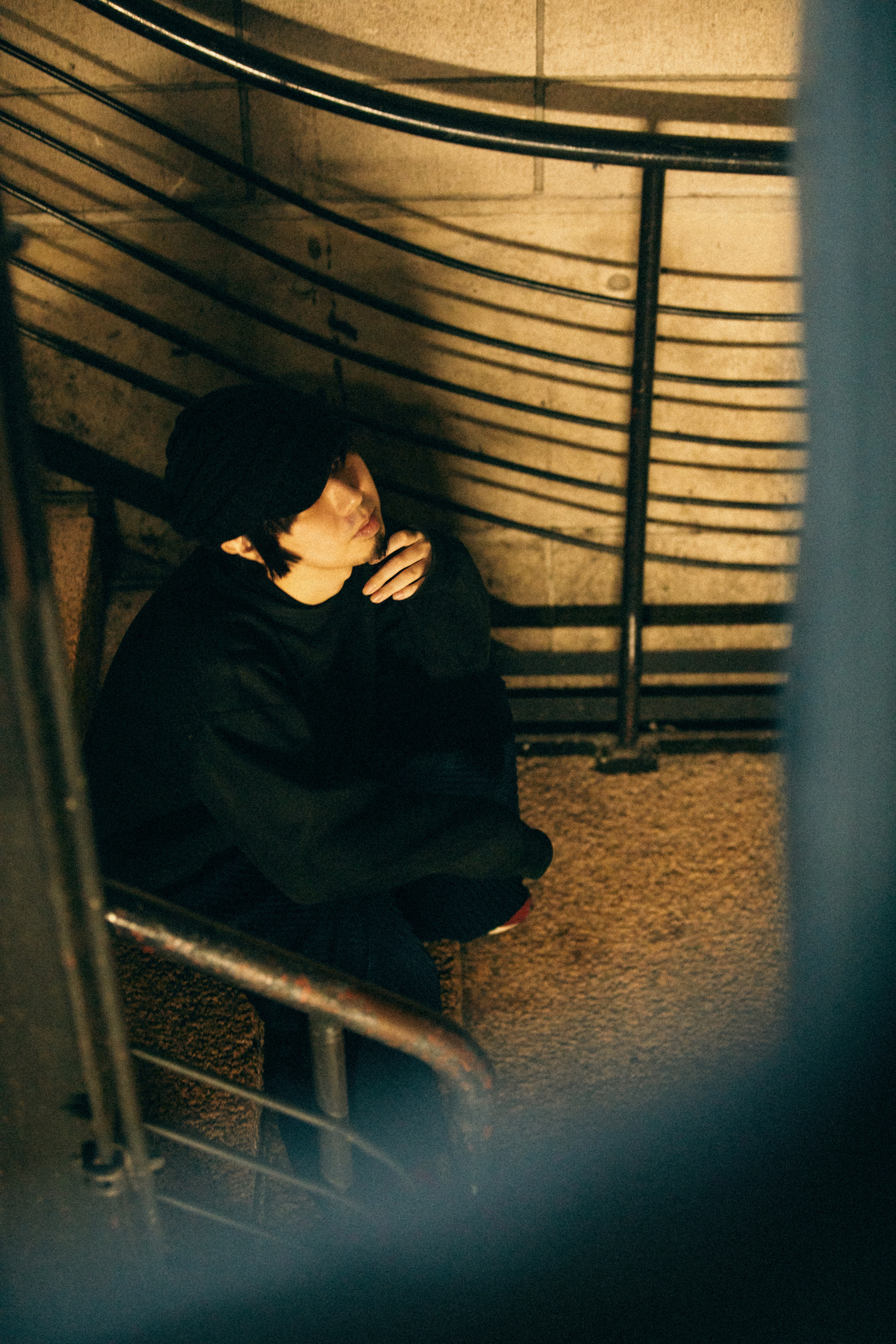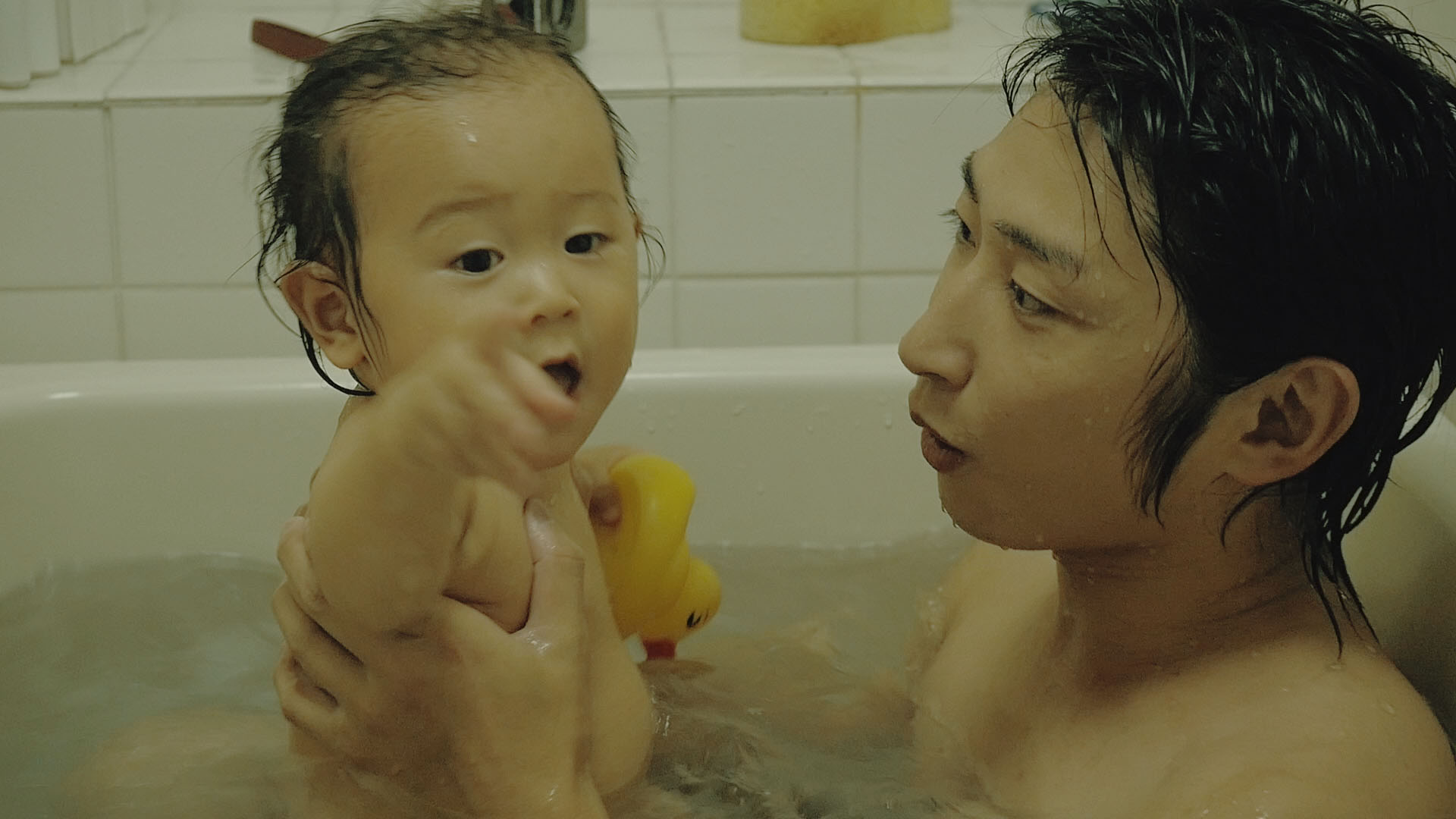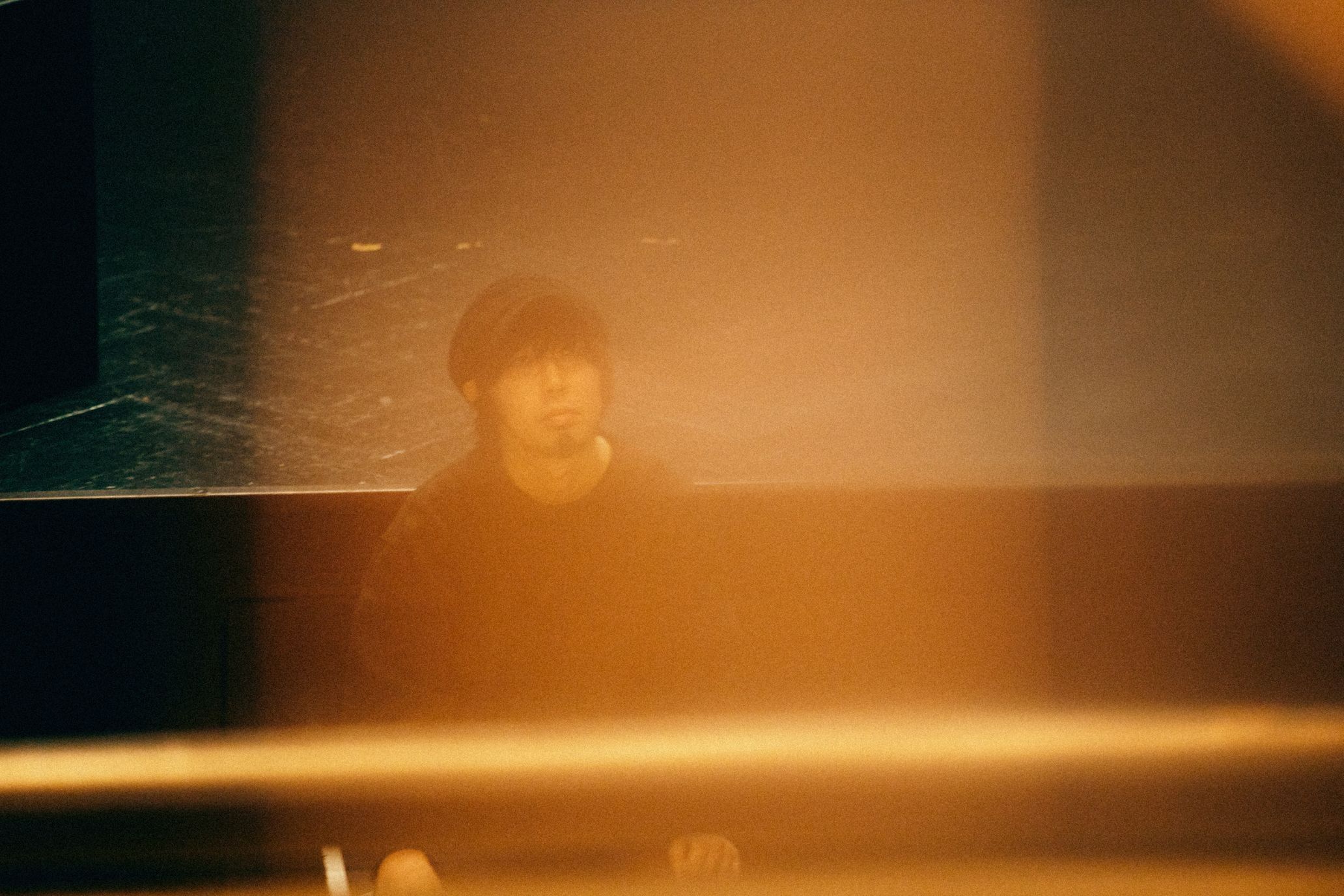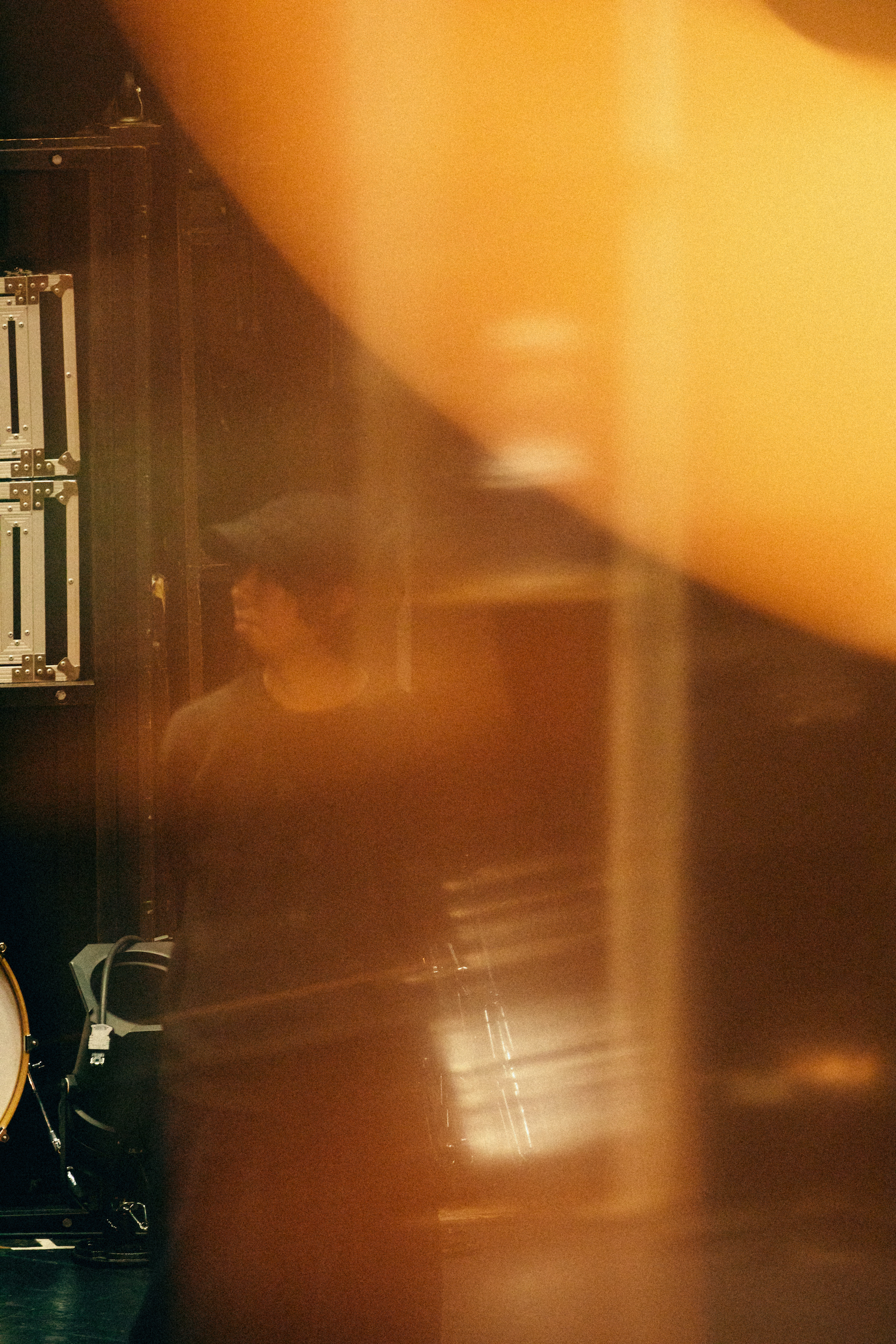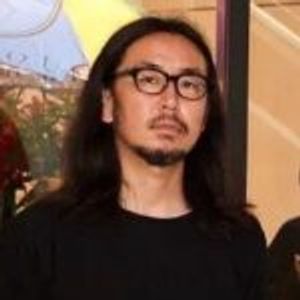Released in February last year, Uta no Hajimari, directed by Hiroki Kawai, is a documentary film on a deaf photographer called Harumichi Saito. The film follows Saito opening his heart up to music, which he used to despise and keep away from, after he sings a lullaby to his hearing newborn. Kawai has always created films based on the theme of communication, with this being his third one. Uta no Hajimari tells the story of communication in a new light during this pandemic.
—When you began shooting Uta no Hajimari, how did you plan to express the act of “seeing” sounds?
Hiroki Kawai (Kawai): I initially didn’t think of using the human voice as the central theme. Saito-san is so charismatic, which is why I filmed him. So, I had no theme at that point. I didn’t even know if it was going to be a film. Within the two years I filmed him, the “voice” or “song” started emerging as the theme right when his wife gave birth to their son. This sequence is in the opening scene. It was a coincidence that I approached him right around the baby’s due date. But in retrospect, everything, including the timing, was miraculous.
It shocked me when Saito-san asked, “What are they saying?” right after his son, Itsuki, cried upon being born while his wife let out a cry of happiness. He asked me things like, “What tone do the voices have? What about the shape? Why is everyone so moved?” I couldn’t give any answers. Later, I pondered this thing we call “voice,” which I had gotten so used to as a hearing person. I began throwing questions back at him, and we developed the theme together.
—So, you didn’t start with the theme and build from there.
Kawai: I didn’t want to make something meant to make people cry; I wanted to convey how magical Harumichi Saito is as a human being. Looking back, I believe documenting him made me reconsider the way we communicate. Today, we treat words lightly because of social media, but we mustn’t forget that conversing in written form is an arduous activity. Sending a message to someone after thoughtful reflection enriches the quality of communication. I think our awareness about this is becoming acuter because we live in an era where it’s difficult to meet people in-person.
—There’s a scene that shows a panel discussion featuring Saito-san using chat messages. Did you want to explore the true nature of communication in that scene?
Kawai: Saito-san has various communication tools under his belt. For instance, he took up photography because he wanted to have meals with everyone. He also draws, which is another tool for him to communicate with others. Everything he does comes from the desire to connect with others. When I was shooting, I thought they were merely his methods. However, I learned something about myself. The film was released in theaters in this pandemic, where there were more regulations compared to usual. Amid this, I realized that it doesn’t end when it’s out in theaters; thinking about the film, after receiving the audience’s opinions and reflections, is part of the process. I also realized my latent desire to communicate with others was at the root of why I do the work I do.
—When I watched the trailer, I was struck by Norimizu Ameya’s choir group, CANTUS’s live performance. Could you talk about how you felt when you saw them?
Kawai: Back then, I didn’t know who Saito-san was. I just vaguely thought, “There’s a good-looking photographer!” As the live show went on, I figured out his circumstances. But I didn’t completely understand how the performance was a ground-breaking collaboration between a deaf person and a hearing choir back then. I was following Ameya-san around with my camera to depict my interpretation of his live performances. As I started to shoot Saito-san after that point, I witnessed the shift in his opinion towards music, which he hated back then. And so, I decided to make that the introduction of the documentary.
—I also vividly remember some shocking scenes, like the part where Ameya-san and Saito-san wrestle.
Kawai: I felt conflicted about including scenes like Ameya-san wrestling seriously and him saying offensive things like, “You have ears, though. You mean, you don’t have any eardrums?” But when I spoke to him about it, he said, “I want you to put them in the film because it’s raw.” At first sight, it might look a bit violent. But after those scenes, you see him talking walks with the Saito family, and being friendly with them. I want the viewer to understand that what Ameya-san did, didn’t lead to Saito-san cutting ties with him. That is key.
To acknowledge each other’s differences is also one form of respect. Even if the other person has a different character from yours, you could develop real trust by throwing questions at one another and conversing over and over. For example, genuine communication is born between a deaf person and a hearing person once they respect each other’s differences. I learned this from filming Ameya-san.
—There’s always the risk of disregarding the other person’s feelings by overreacting. You might deviate from the actual point of the conversation and say your opinion for the sake of it. Do the intense scenes make the viewer recognize that?
Kawai: I want to say this in a way that doesn’t bring about misunderstandings. At the film’s screening, some people that worked for a TV show about disabled people were in the audience. They told me what they saw was disgraceful. Caretakers said, “What he did was terrible.” But I also received comments like, “I was moved by how unfiltered it was” from some deaf people. I was surprised by how different the reception was. Saito-san himself rejects the idea of being treated differently simply because he’s deaf. His reality is normal for him, after all. I felt a massive change in my emotions after getting the criticisms and opinions at the screening.
—A society that treats deaf people in a particular way is questionable, and I think Uta no Hajimari raises that issue.
Kawai: I’ve always thought it was wrong to categorize people into the “normal” and “abnormal” box. Perhaps I’m especially aware of this distinction because I’ve been told that I was weird since I was small.
I feel like people have become further divided and atomized because of coronavirus. People’s attempts to gloss over the unpleasant parts reached their limit and exploded. I wanted to state that the essential things in life shouldn’t have to be so dramatic.
—When I watched Itsuki make noises with his mouth for the first time in the bath, it seemed like Saito-san took that as a positive. Did you go into each scene with a general idea of what’s going to take place?
Kawai: I’ve traveled with the Saito family and have even watched a deer get dissected. Everything he does is incredibly mesmerizing, so I didn’t have to set up or plan out a scene. Full disclosure, I arrived at the “song” theme when I was editing and putting the climactic scenes together, not during the filming process. Regarding the bathing scene, Itsuki-kun let out a sound coincidentally when I was filming Saito-san’s daily life. Saito-san couldn’t hear it, so we don’t know if that was the first time he made a sound.
—Documentaries are usually edited chronologically, with a beginning, middle, and end. In your case, the chronology is irrelevant, so it has a cinematic finish. You keep a tight focus on Saito-san’s relationships and conversations with people. Of course, this isn’t to say your film doesn’t maintain a documentary touch.
Kawai: I don’t see it as a documentary, and recently, it’s not uncommon for people to judge it that way. I’ve always been fascinated by people and would chase after someone because I want to make them the subject and write a script. I’m glad I didn’t study filmmaking in school; I don’t have to fit into a mold or imitate another style. Most jobs require you to follow people and orders. But I wasn’t taught that, so I can’t do it. I mean, I do sometimes feel like I might go hungry someday because of that (laughs).
But when it comes down to it, I might be alright with doing anything as long as I have some tool to interact with others. Professional directors might get mad at me for saying this, but I’m not that interested in cameras. In this sense, I assume there are quite a few directors whose motives towards filmmaking have changed over time, like myself.
—How do you feel about the work you create? Do you think it will change post-coronavirus?
Kawai: I still feel uneasy about how the people, objects, and spaces I shot are out there for people to see. I might have a change of heart later on, but still. When I shoot, I have my conflicts, and that’s exactly why I’m able to continue shooting; there’s meaning in fighting against such struggles.
Here’s an example. I couldn’t bring myself to include the footage of Ameya-san, (Hideo) Furukawa-san, and (Tavito) Nanao-san performing together. The entire film would’ve changed into something else. I mean, I understand that things change, like this very space we’re conversing in right now.
Another instance is the concert film, Soldier A, the result of Nanao-san overcoming his conflicts with dressing up as a soldier to tell a tale through song. Also, I think it’s alarming that we now have this endless stream of content ready for consumption. Back when I got involved in music, I saw that the conversations between passionate artists and their audience gave birth to the music scene. I fear that history is being erased.
The location for Soldier A was WWW for several reasons. It wasn’t supposed to turn into a concert film, but I felt the need to capture the audience’s reaction. I just felt the necessity to create something visual out of it. Also, people could make memories at that venue because it carries specific emotions. I wanted to value a space that’s been loved by countless musicians for a long time.
One year has gone by since the beginning of this pandemic, and many people might think it’s easy to do things now compared to before, but that’s not the case.
—Do you have any visions for your next work?
Kawai: It’s hard to shoot something now, so all I can do is to express my frustration with that. I follow many subjects around with my camera, but I want to make something significant for myself. I can’t tell how that would look like because of coronavirus, but I would like to manifest something. If I think too hard, I’d end up making a finished product with mixed reviews, but I have to experience it to understand the criteria.
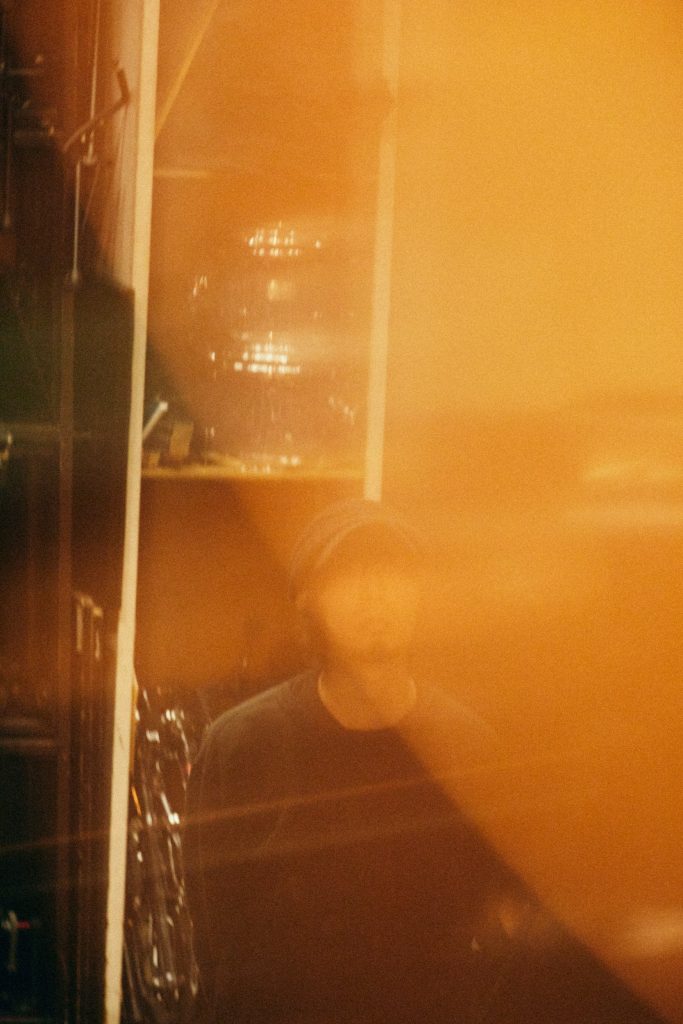
Hiroki Kawai
He has been creating independent films since he was a student at Musashino Art University. Since the Great East Japan Earthquake, he has been primarily shooting musicians and performers. He has a production team called PoolSide Nagoya. In 2014, he released True Songs: On tour with the dramatic reading of “Night on the Milky Way Train,” a documentary on dramatic readings about the Great East Japan Earthquake by Hideo Furukawa, and friends. In 2016, he directed Soldier A, his first concert film which depicts Tavito Nanao singing from the perspective of a dead soldier. He made a film on Norimizu Ameya and Sumito Yamashita’s collaborative effort, Korvatunturi, in 2017. In February 2020, Hiroki Kawai then released Uta no Hajimari, a documentary on deaf photographer Harumichi Saito, which focuses on communication via raising a child.
Photography Kosuke Matsuki
Za-Koenji Documentary Festival
Date: February 10th
Opening hours: 1 PM~
Location: Za-Koenji
Address: Koenjikita, Suginami-ku, Tokyo 2-1-2
Admission: Advanced tickets- JPY1,300, Door tickets JPY1,500
Online panel discussion: Hiroki Kawai and Harumichi Saito
Link: http://zkdf.net/?id=program#tab0210
Azamino Art Cinema Vol. 6
Date: February 13th
Location: Art Forum Azamino, First floor (Lecture room)
Address: Azaminominami, Aoba-ku, Yokohama-shi, Kanagawa 1-17-3
Opening hours: Doors open- 2 PM (reception- 1:30 PM, scheduled to end at 4 PM)
Admission: JPY1,000
Talk session: Hiroki Kawai
Link: https://artazamino.jp/event/azamino-salon-20210213/
Translation Lena Grace Suda
Special thanks to WWW and Yusuke Osumi

